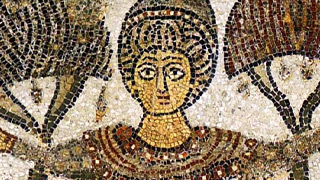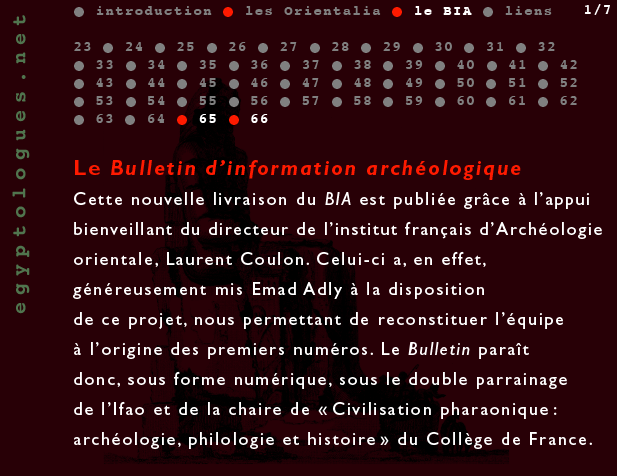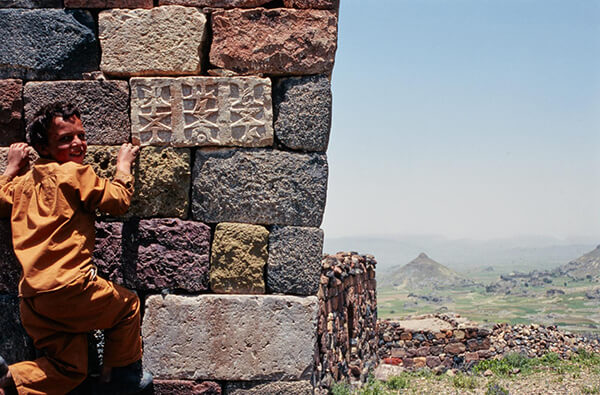[First posted in AWOL 26 September 2014, updated 6 February 2018 (New URLs - old issued from the Internet Archive)]
Mār Šiprim: Newsletter of the International Association for Assyriology (IAA)
Mār Šiprim: Newsletter of the International Association for Assyriology (IAA)
Welcome to the home of Mār Šiprim (Mar Shiprim), the official Newsletter for the International Association for Assyriology (IAA). Through this Newsletter, the IAA aims to provide an online platform for Assyriologists and Near-Eastern enthusiasts where to interact with each other on both an intellectual and an informal level, thus establishing an international linkage among colleagues.
If you would like to know more about the visions of the IAA or would like to become a member, please visit the IAA website.
See AWOL's full List of Open Access Journals in Ancient Studies






































